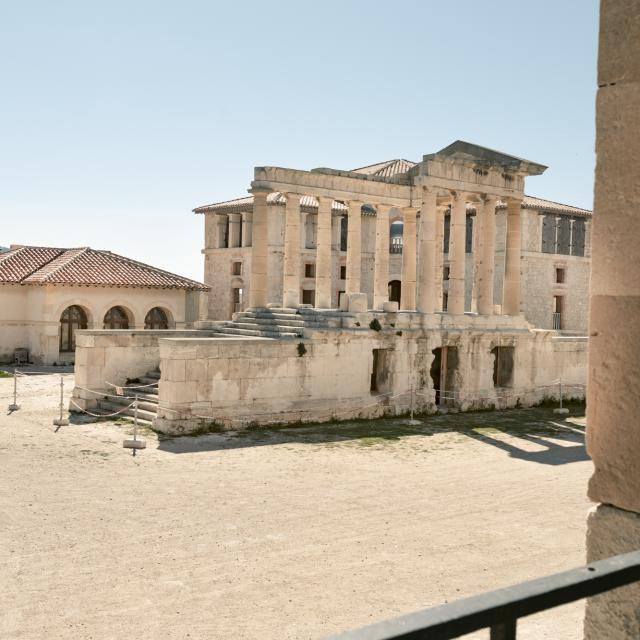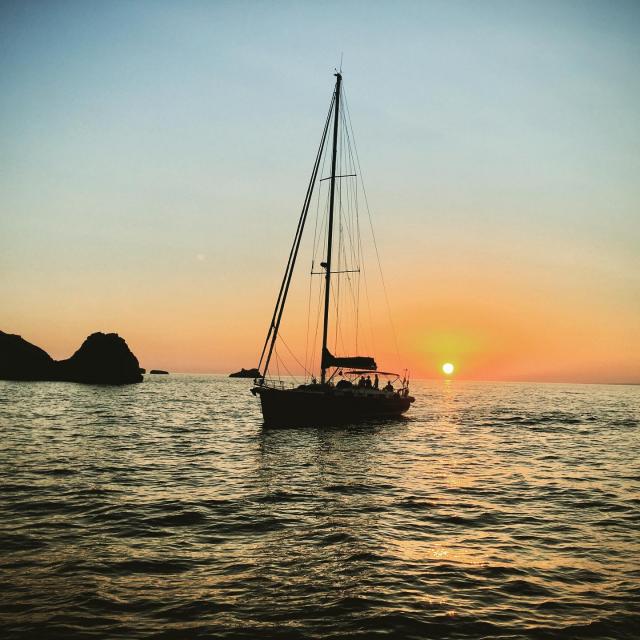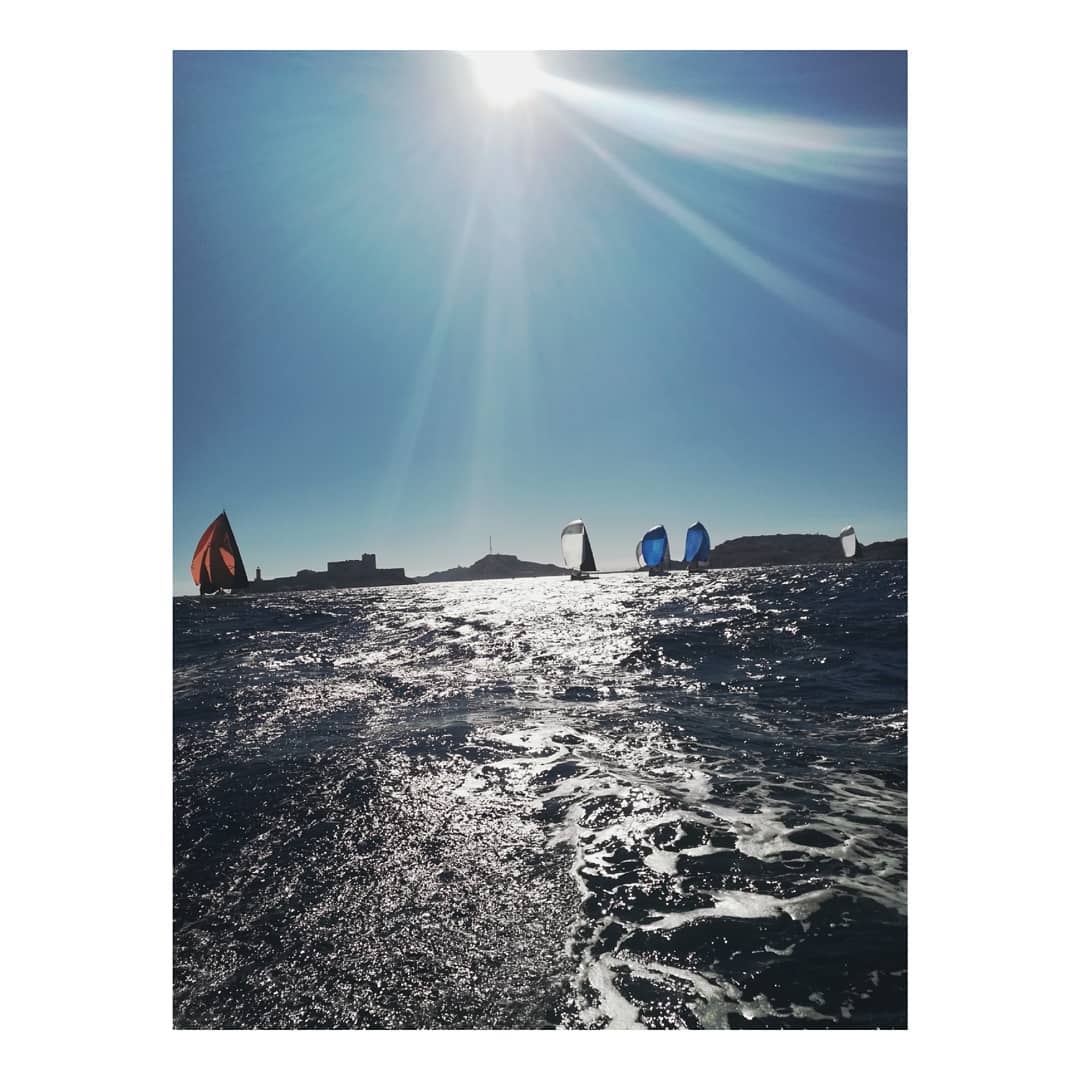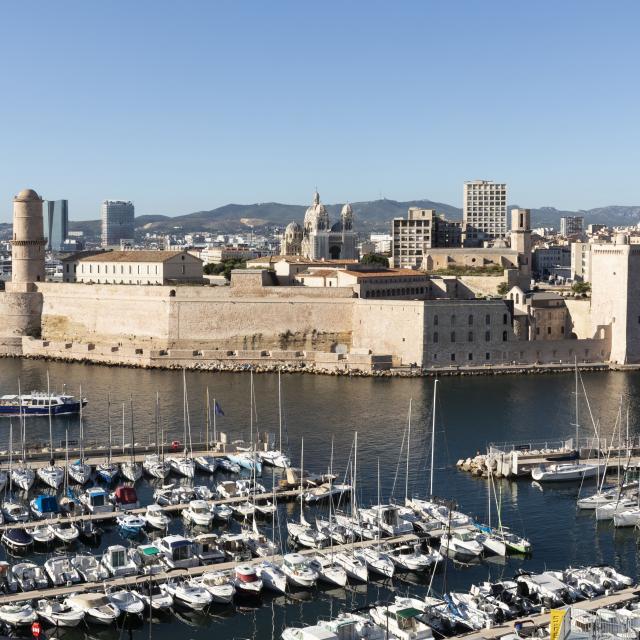Ratonneau
Ratonneau island is not as wild as Pomègues but equally interesting and better suited for walks and swims with children. The 2.7 km long island can be explored by foot, cycling, or onboard a little train in the summer. About 100 residents live on the island, sometimes defying the weather on the ferry to reach Marseille city center. Protective of their way of life, they welcome visitors with open arms nonetheless organising social events such as walking races, painters’ shows, and more. Small shops, bars, and restaurants bring the village alive in high season, together with pleasure sailors who stop by to rig their ship or have lunch.
In the summer season, the ferry increases its operating hours and also operates at night.
A small chapel resembling an antique temple overlooks the port and the village. It was erected for sailors whose boats were quarantined, to enable them to attend church services. The holiday resort Léo Lagrange is the only one on the archipelago. It welcomes groups, schools on seaside trips, sports camps, and family gatherings between March and November.
The trail leading to Saint-Estève beach and Caroline hospital goes on to the ‘Maison des Pilotes’ (Pilots’ House). This building shaped in a ship’s bow is home to the pilots of the ‘Grand Port Maritime de Marseille’ (Marseille’s maritime port). Experienced sailors are responsible for piloting ships to the docks in place of the captain. The ‘Maison des Pilotes’ staged the famous French movie ‘Marie-Jo et ses deux amours’.
Saint Estève beach is accessible by a 30 minutes walk from the pier. It is the only real beach of the Frioul islands with turquoise waters, sheltering an underwater pathway flagged with five buoys, where you can discover the local fauna and flora. The beach is supervised in the summer months and you will find showers, toilets, and a small cafe.
‘Tiboulen de Ratonneau’
Scuba dive lovers know this small island, West of Ratonneau. Underwater features, currents, and the fact that the archipelago is sheltered from eastern wind all contribute to a wide diversity of fauna and flora. Nearby, slightly deeper, the wreckage of a WW2 German bomber also attracts experienced divers.





















